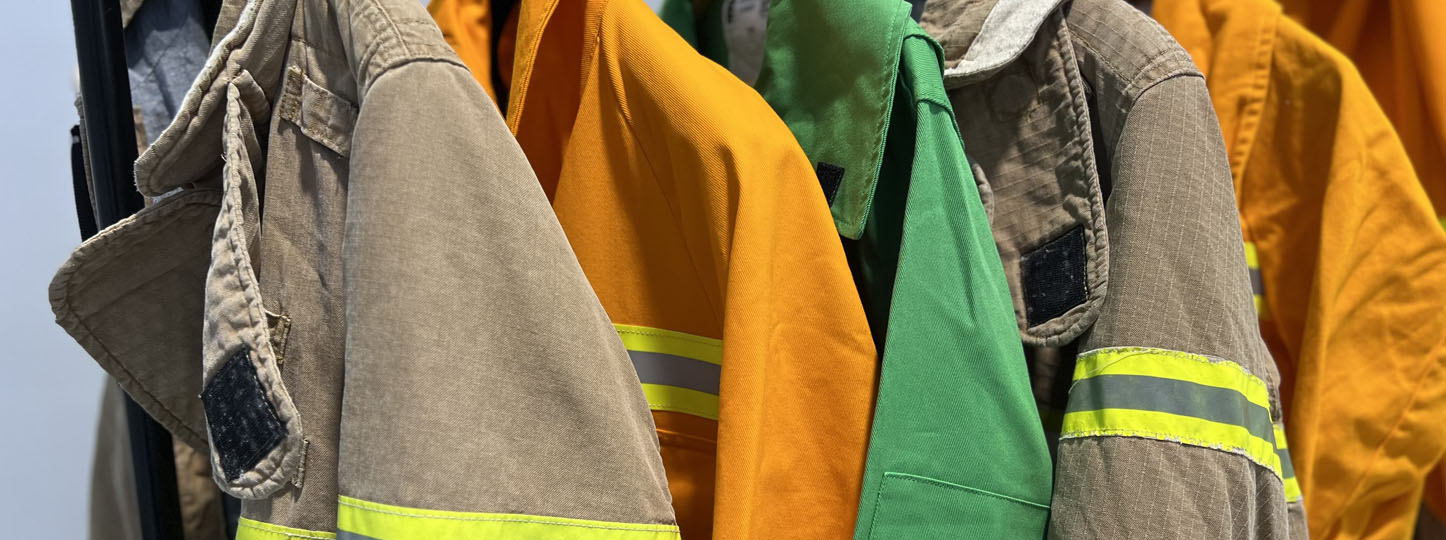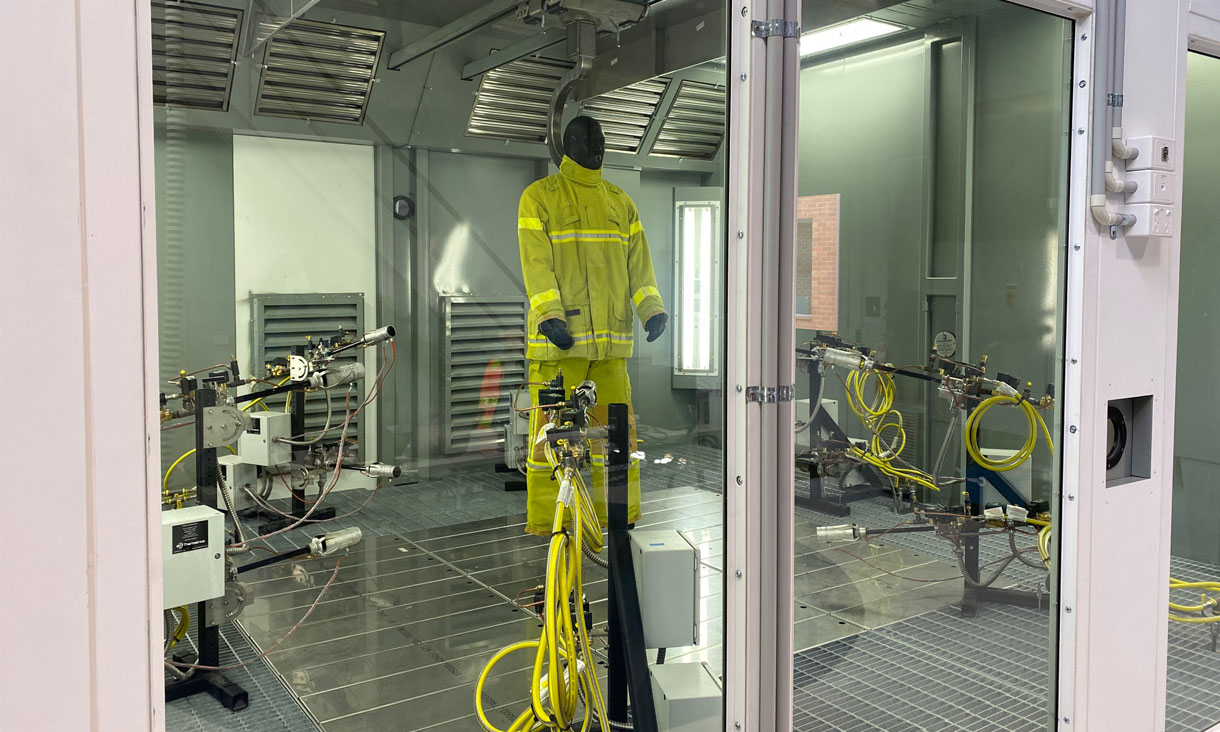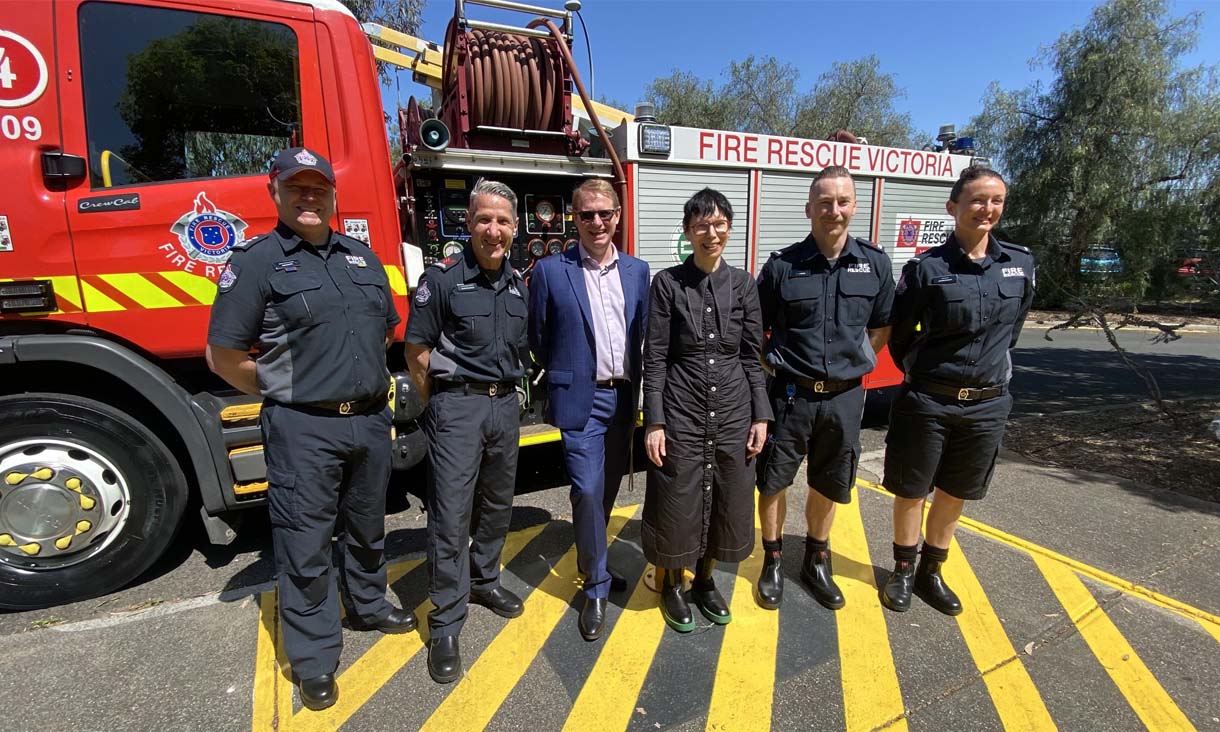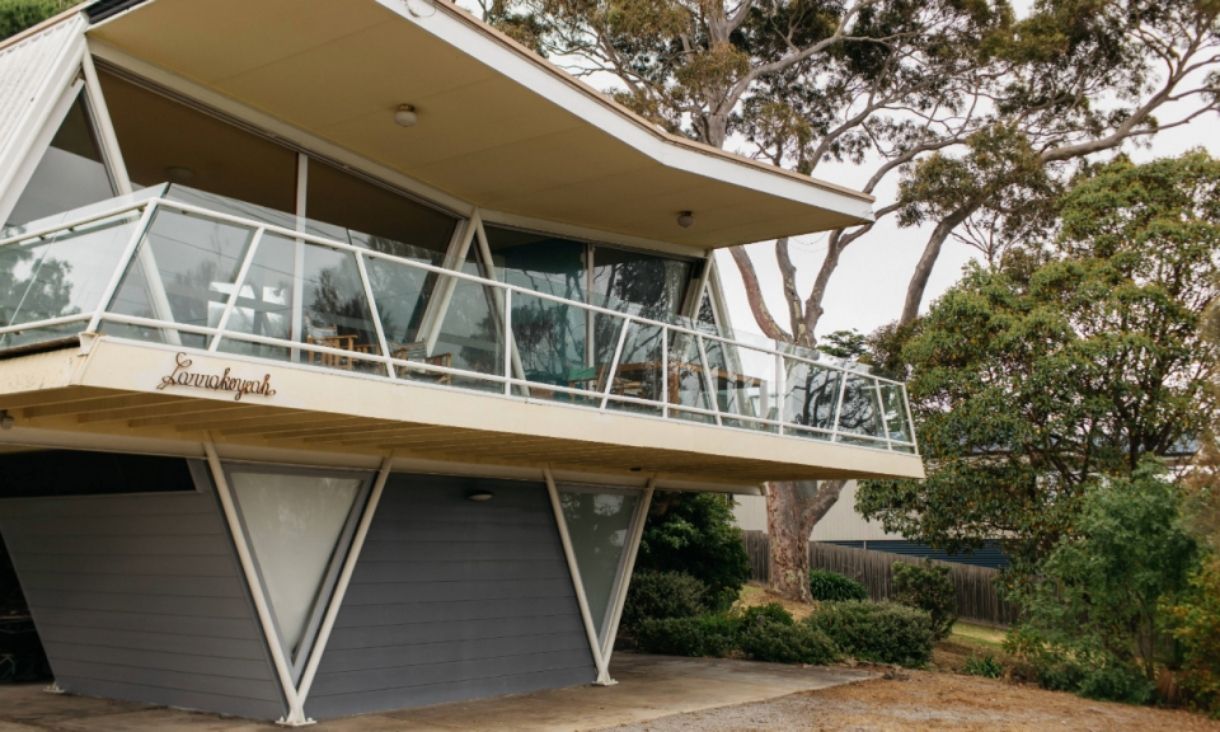New micro-credentials recognise 21st-century skills gained through youth arts programs
Young people who participate in arts programs develop highly sought-after workplace skills – and now they have a way to prove it.
5G home internet challenges NBN, but mass shift still a way off: study
Most Australians who have 5G are content with it, yet few actively seek it out or plan to switch in the short term, a study from RMIT University has found.
RMIT launches Accelerator for Translational Research and Clinical Trials
Last month, the University launched the Accelerator for Translational Research and Clinical Trials (ATRACT), a research centre that empowers STEM researchers to translate excellence in fundamental research in cancer, immunology and infectious diseases into global impact.
McCraith House Creative Residency Program wraps up a vibrant year of artistic experimentation and collaboration
RMIT’s College of Design and Social Context celebrates a year of creative residencies across literature, design, music, and performance.









